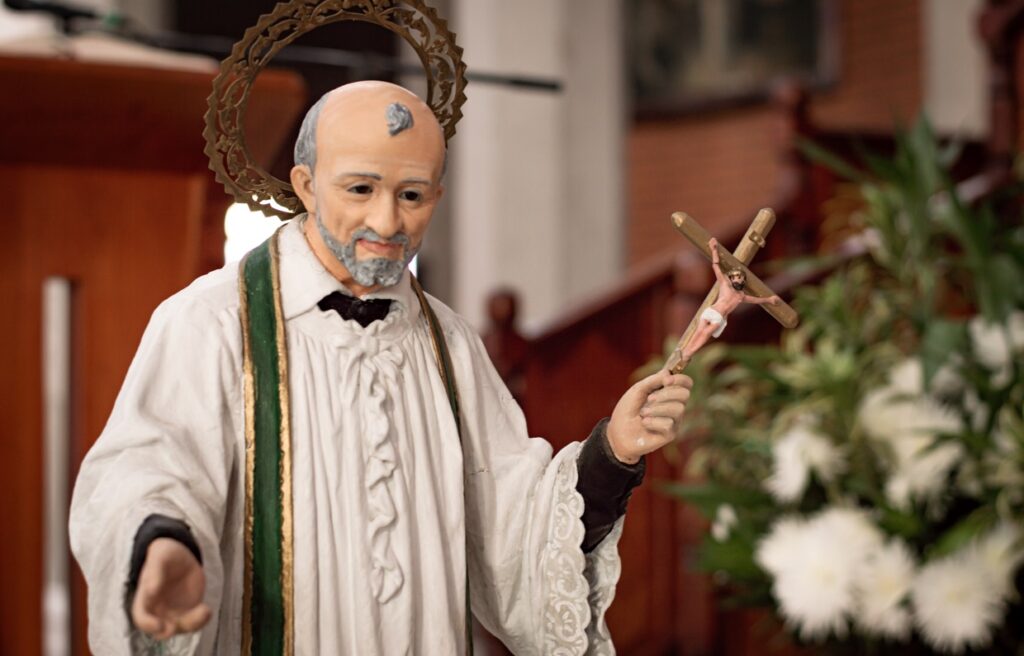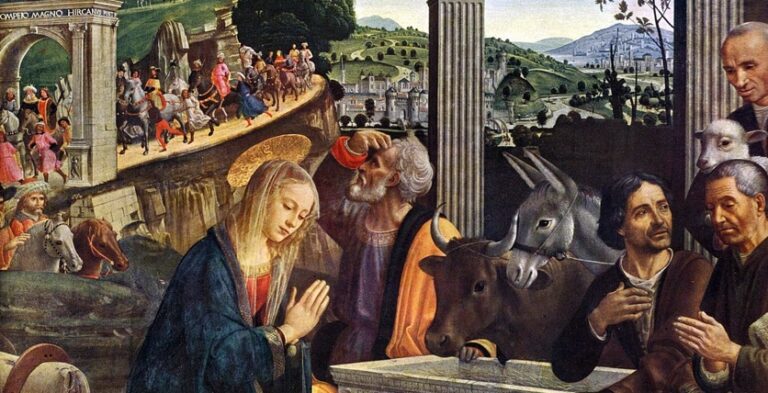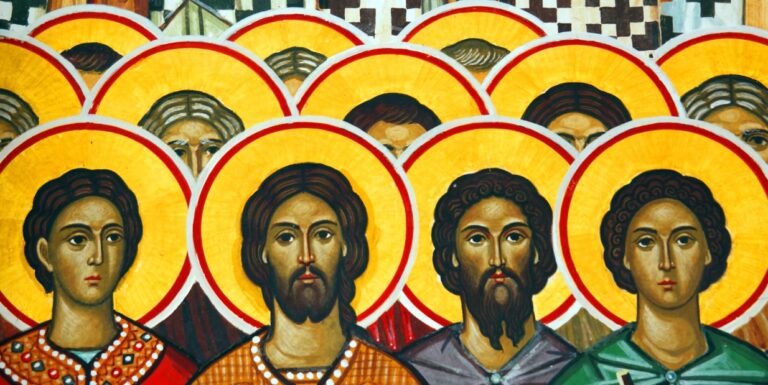
ST. VINCENT DE PAUL: A MODEL FOR SERVICE TO THE POOR

When French lawyer and university professor Frédéric Ozanam organized a group of young men into an organization to help the poor of Paris, he decided to put it under the patronage of St. Vincent de Paul (1581-1660). He couldn’t have chosen a more apt patron.
Today, the Society of St. Vincent de Paul is well-known around the world for its quiet, practical service of those in need. Its work takes place in 153 countries around the world, through local groups called conferences, often associated with parishes. In Canada, some 350,000 people were helped by the society’s members last year.
At their meetings, the members ask St. Vincent de Paul, whose feast day is celebrated September 27, to pray for them and their work. They know that this Catholic priest was a zealous servant of the poor and those on the outskirts of society, making him a perfect role model for their own activity.
When Vincent de Paul was 15, his father sent him to a seminary for religious training. The young lad was the third of six children in this family of peasant farmers and it was commonly at the time thought that religious life held plenty of opportunity to find wealthy patrons to serve, thus guaranteeing a comfortable lifestyle.
Once ordained, the young priest held such ambitions. Even a two-year stint as a slave (after being captured by Barbary pirates during a Mediterranean sea voyage and sold into bondage), didn’t change his trajectory. Upon re-establishing himself in Paris after escaping slavery, he found himself at the service of royalty and the wealthy Gondi family. But a conversion of heart took place after he heard the confession of a dying peasant.
Vincent de Paul didn’t turn his back on the rich and powerful, but he did devote his life to the service of the poor. He became the founder of the Congregation of the Mission, around which a family of religious communities developed, commonly known as the Vincentian Family. These include the Daughters of Charity of St. Vincent de Paul.
Through his relationships, he found the financial resources and clout to establish hospitals, gather relief for the victims of war and ransom slaves. His work focused in particular on poor tenant farmers and other country folk more generally.
Known for the virtues of compassion, generosity and humility, Vincent de Paul became the model for service to others that was simple, practical and drew little attention to itself.
He was canonized in 1736 and his work lives on today through Vincentians worldwide as well as all those who are part of the Vincentian Family. They work in the background of the life of the church, responding to the day-to-day needs of those nearby. In fact, Vincentians do not call those they serve clients, or cases or customers. No, they are all “neighbours,” underlying the idea that anyone in need, regardless of race, religious background or belief, is deserving of not just help, but true friendship.
Vincentians recall the spirit of their patron in their opening prayer, which includes this passage:
Lord Jesus, deepen our Vincentian spirit of friendship during this meeting. Make us responsive to the Christian calling to seek and find the forgotten, the suffering or the deprived, so that we may bring them your love. Help us to be generous with our time, our possessions and ourselves, in this mission of charity. Perfect in us your love and teach us to share more fully in the Eucharistic sacrifice offered for all.
Joseph Sinasac is a retired Publishing Director of Novalis Publishing. He has been involved with religious communications for almost 45 years as an author, journalist, editor and TV and radio commentator on all things Catholic.


